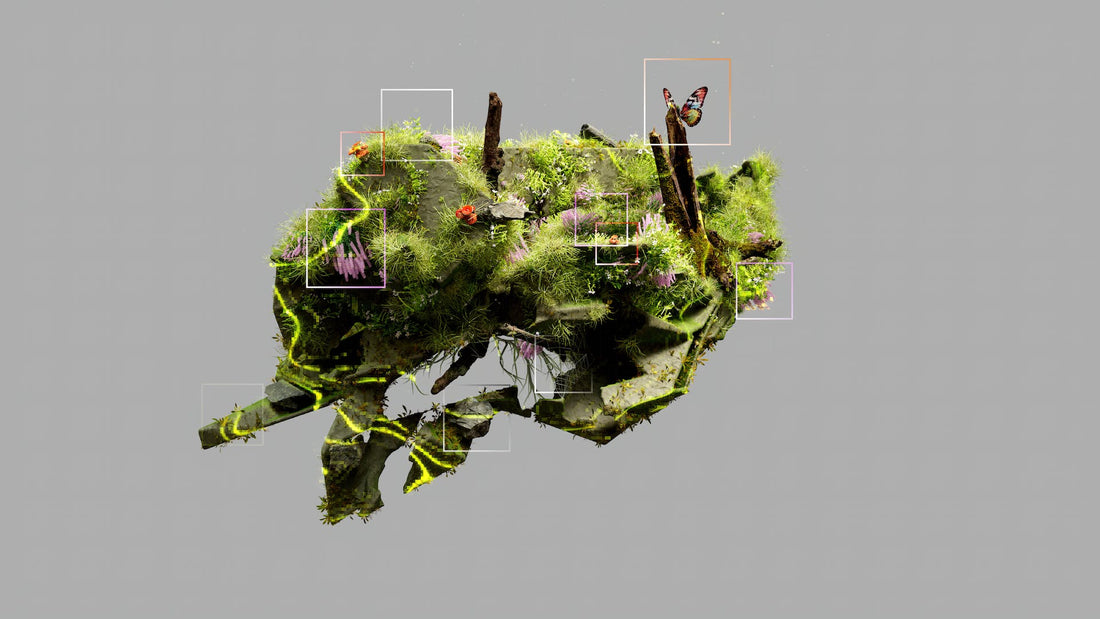
Melting Elegance: The White Winter Honey Rarity Factor
Share
In the serene landscapes of the Himalayas, where the air is crisp and the meadows are adorned with delicate white blossoms, a profound transformation is underway.
White Winter Honey, a rare and exquisite variety, faces an intricate web of challenges arising from escalating global temperatures, triggering migrations to higher altitudes, and the compounding threats of landslides and flash floods. As we peer into this delicate dance of climate and ecosystems, the future of this precious honey hangs in the balance.

Navigating the Heights: A Bee's Dilemma Amidst Natural Fury
The rising temperatures pushing bees to higher altitudes are not the only challenges facing the delicate production of white winter honey. Landslides and flash floods, spurred by climate change, are becoming increasingly prevalent in these elevated regions. These natural disasters disrupt the delicate harmony between bees and the blossoms they depend on, further jeopardizing the already fragile ecosystem.

A Delicate Equation: Quantity Produced vs. Quantity Cultivated
As bees migrate to escape the heat and natural disasters, their ability to produce honey is intricately linked to the availability of white blossoms. If, for instance, bees can produce 1000kg in a season, traditionally, 50% of this could be cultivated. However, the changing landscape and environmental stresses might reduce their production to 750 kg. In such a scenario, only 35% can be ethically procured. This is not just an economic concern; it's a matter of the bees' survival and their readiness to produce more in the following year.

Bee-Centric Conservation: A Dual Imperative
Conservation efforts must, therefore, adopt a dual imperative – not only preserving the delicate ecosystem of blossoms and bees but also acknowledging the intricate balance between honey production and the bees' needs for their own sustenance and future vitality. In the face of climate change and its collateral effects, sustainable beekeeping practices become not just a choice but a necessity for the survival of white winter honey.

The Human Role: Advocating for Balance
As stewards of the environment, our role is pivotal. Supporting initiatives that mitigate climate change, endorsing sustainable practices in beekeeping, and advocating for policies that address the broader ecological challenges in these regions are crucial steps toward nurturing the fragile balance between human needs and the natural world.

A Symphony in Peril, A Call to Harmony
The fate of white winter honey is entwined with the symphony of nature – a delicate dance that weaves together bees, blossoms, and the elements. As we witness the impacts of climate change, landslides, and floods on this exquisite honey variety, a harmonious solution is needed. It's a call for conservation that respects not just the sweetness on our tables but the intricate rhythms of nature that create it. In nurturing this harmony, we can aspire to protect not just a honey variety but a living testament to the interconnected beauty of our planet.
